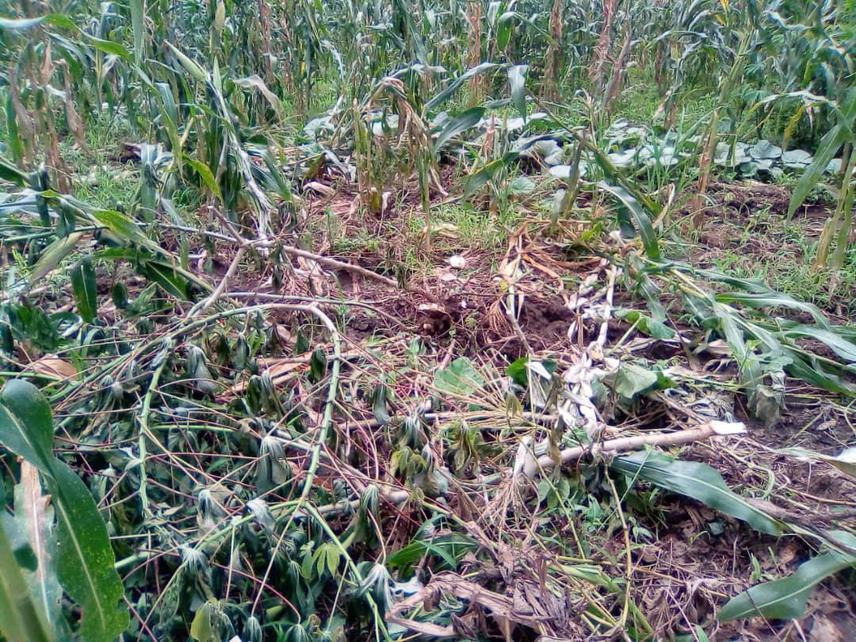Lameck Mkuburo
Other projects
28 Jul 2020
Enhancing Human-Elephant Co-existence through Livelihood Projects and Education Programs in Communities around Nyerere National Park, Tanzania
The information obtained from this project will aim at greater understanding on elephant movement, migration, dispersal and interaction with people. The study will provide stakeholders with information and recommendation on the conservation of buffer zone and dispersal areas for better elephant protection as well as to help manage human-elephant conflict.
We hope this project will encourage greater collaboration between communities living alongside the northern boundary of the Selous Game Reserve, wildlife management authorities, district and regional government, and organizations in working towards achieving human-elephant co-existence and using mitigation and integrated management to reduce the problem to levels that are tolerable by communities as well as identifying the needs for conservation education in the communities living along the northern boundary of the Selous Game Reserve.

Damage caused by elephants on maize and cassava farm in Kisaki village in Morogoro DC.
Human co-existence with elephants present a significant conservation challenge and priority in Tanzania, where they are threatened by poaching and human-elephant conflict crisis. Elephants can have negative impacts on people and livelihoods, especially in communities that share spaces and resources with them.
Elephants are species with large range requirements and migratory behaviour. Elephants spend considerable time outside of protected areas. Although Tanzania’s protected areas network covers over 30% of the country, elephant range is about 41% of the country. As such, there is potential for human-elephant conflict when elephants come into contact with people outside of protected areas. Furthermore, the human-elephant interaction at which conflict can occur may be expanding due to rapid demographic, socio-economic and land-use change in Tanzania. In addition, to the pressures of population growth, internal migration of rural people driven by access to available and access to land may lead to increased settlement and land conversion around protected areas. In Tanzania, the human-elephant conflicts appear widespread in areas bordering protected areas, wildlife corridors, buffer zones and dispersal areas.
This study is going to gather information on elephant movements and historical range (buffer zones and dispersal areas), using elephant collaring data from the Tanzania Wildlife Research Institute (TAWIRI) and using rapid questionnaire surveys to gather information about human-elephant interactions, community attitudes, how farmers and government manage human-elephant conflict, identify forms and distribution of human-elephant conflict, identify other sources of income generating activities to buffer financial losses from elephant crop raiding and identify the needs for conservation education in seven villages along the northern boundary of the Selous Game Reserve.